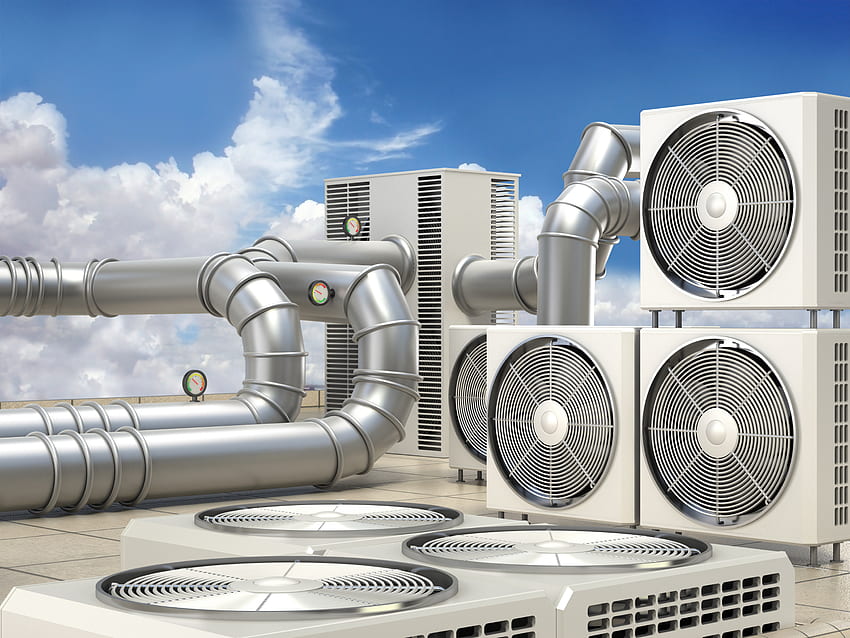
Finland HVAC Systems Market Set to Grow at a CAGR of 6% by 2030
Share

The Finland HVAC Systems Market is projected to reach USD 1059 million growing at a compound annual growth rate (CAGR) of 6% till 2030, according to new research by Next Move Strategy Consulting. The market’s expansion is being largely driven by the increasing demand for improved air quality and sustainable technologies across both residential and commercial sectors.
See What You’re Missing – Download a FREE Sample Now!
Key Drivers of Growth
1. Growing Demand for Enhanced Air Quality
In response to growing concerns about both indoor and outdoor air quality, property owners are investing in advanced HVAC systems capable of improving air purity. This demand is fueled by increasing awareness of the importance of air quality for health, leading to a surge in the adoption of HVAC systems equipped with cutting-edge filtration technologies like HEPA filters and UV-C sterilization. These systems effectively remove pollutants, allergens, and pathogens, ensuring healthier living and working environments. Manufacturers are responding by innovating new HVAC solutions focused on enhancing indoor air quality, which is accelerating market growth.
2. Environmental Sustainability and Regulatory Drivers
Environmental considerations are also playing a crucial role in the HVAC systems market’s expansion. With the growing awareness of climate change, air pollution, and ozone depletion, there is a strong push for sustainable solutions. Governments worldwide are implementing stricter regulations aimed at reducing the environmental footprint of HVAC systems, which is spurring innovation in energy-efficient and eco-friendly HVAC technologies. These developments not only meet regulatory requirements but also cater to consumer preferences for more sustainable and energy-efficient products.
3. Incorporation of IoT Technology
The integration of the Internet of Things (IoT) into HVAC systems offers substantial opportunities for market growth. IoT-enabled HVAC systems provide remote control functionalities, energy optimization, and predictive maintenance. These capabilities allow users to monitor and adjust their HVAC systems remotely, improving energy efficiency and reducing operating costs. Furthermore, IoT technology helps extend the lifespan of HVAC equipment by addressing potential maintenance issues before they become critical. As demand for smart and efficient buildings grows, IoT integration is expected to become a key driver of market growth.
Challenges Facing the Market
1. Rising Raw Material Costs
While the HVAC systems market is expanding, manufacturers are facing challenges due to increasing raw material costs, driven by inflation and supply chain disruptions. Essential materials like steel, copper, and aluminum have become significantly more expensive, raising production costs for HVAC manufacturers. This price hike can constrain profit margins, particularly for small and mid-sized enterprises, and limits their ability to invest in research and development. This cost pressure could potentially slow the pace of innovation and market expansion.
Market Outlook and Opportunities
Despite the challenges posed by rising material costs, the incorporation of IoT technology and growing demand for sustainable HVAC solutions present substantial opportunities for the market. By investing in these advancements, manufacturers can differentiate themselves and meet the evolving demands of a more eco-conscious and tech-savvy consumer base. Furthermore, government regulations on energy efficiency and environmental impact will continue to shape the direction of the HVAC systems market in Finland.
Conclusion
The Finland HVAC Systems Market is poised for significant growth, driven by the increasing focus on air quality, sustainability, and IoT technology integration. Although rising material costs pose challenges, the adoption of energy-efficient and smart technologies is expected to unlock new opportunities for industry players. As the demand for smarter, more sustainable HVAC systems grows, businesses that embrace these trends will be well-positioned for long-term success.